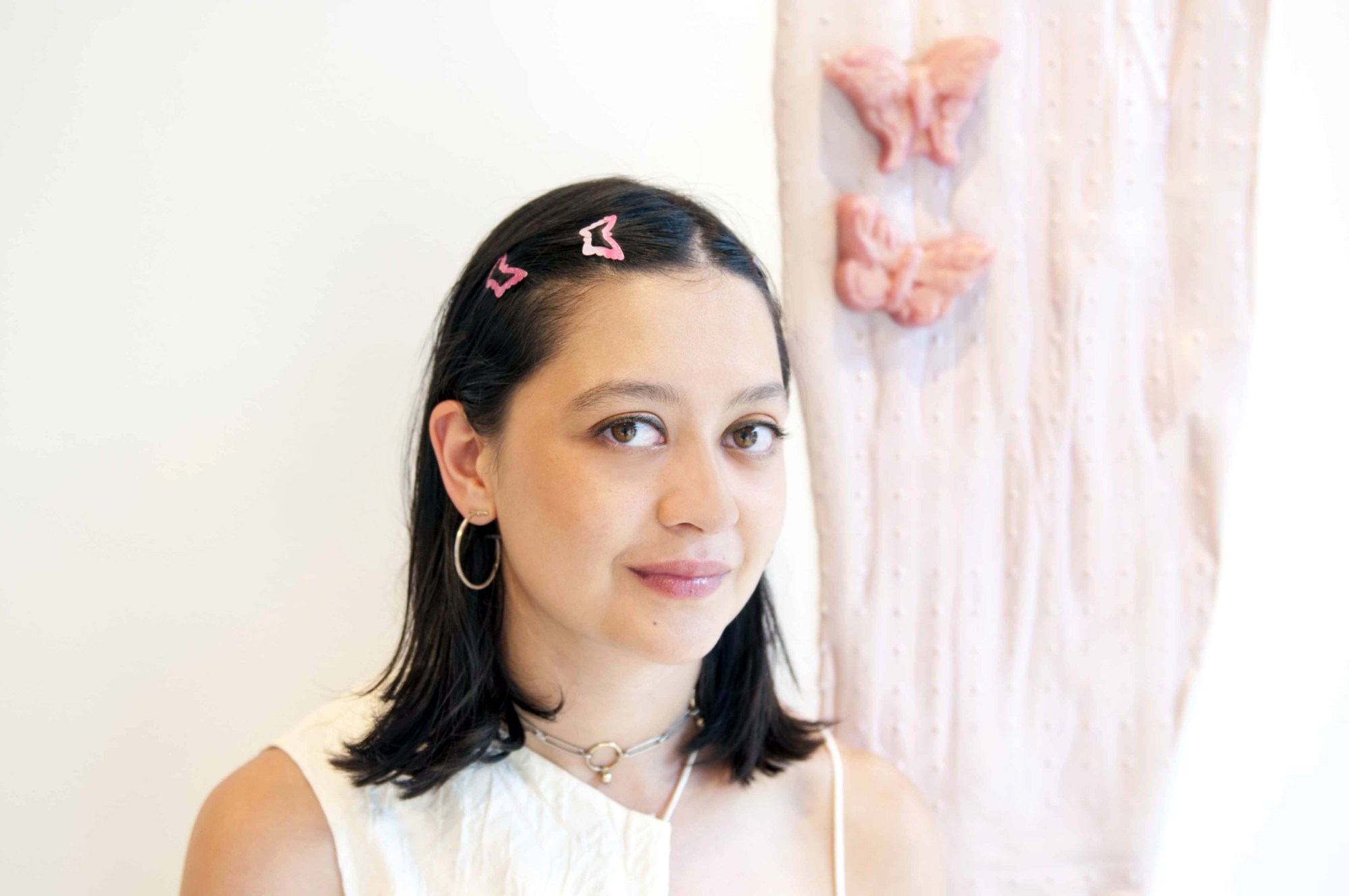There are butterfly clips sprinkled through Cecilia Salama’s dark hair when we meet, in pale shades of purple, pink, and yellow. They were a 26th birthday gift from a friend, who knew full well that the New York artist had spent the last year working on a collection of artworks called “The Butterfly Reprise.”
In a tiny voice that belies her strength, Salama tells me how the entire project was inspired by a YouTube video of a young gymnast, her strength, balance, and grace standing in contrast to the unimaginable exposure of the internet. The anonymous gymnast appears in both video and sculptural form in these works, all probing Salama’s curiosity about the role of the computer in our lives. She twirls through a film featuring a poem written and narrated by Salama, but also appears in fantasy home objects, like casts of computer chair mats, and latex towels swirled through with iridescent, pastel paint and printed with a distorted image of the gymnast. These pieces draw our attention to how much time we spend inside the house, unlike the butterflies that move freely about the world.
We chatted with Salama about the draw of gymnastics, digital alienation, and vulnerability before “The Butterfly Reprise” opens at New York’s Arts & Leisure Gallery tomorrow.
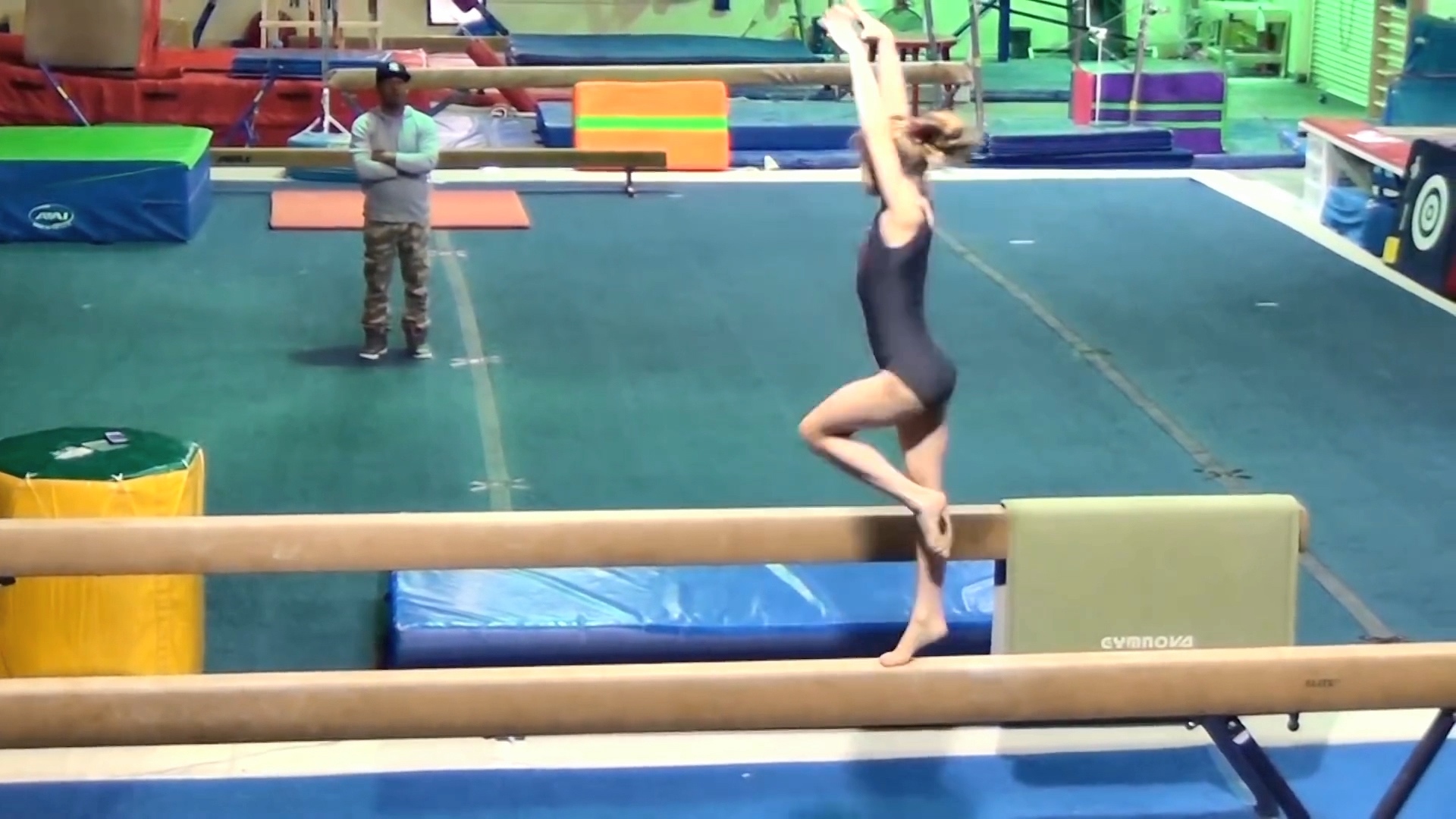
With your previous series, “domain/domain“, you were also exploring the issue of privacy and vulnerability. What made you want to explore power and vulnerability in “The Butterfly Reprise”?
There’s definitely a connection between the two. Why did the gymnast I based this whole series on upload her video practicing on a balance beam? What was her intention of doing that and what is the intention of all people that watch it? Because she’s throwing something into a very public space with probably an idea in mind of, I don’t know, furthering her gymnastic career, but you don’t really know what people will do with that video and that really struck me. When I watched it the first time I felt something very powerful watching her flip and tumble and then I would screenshot her and distort her in Photoshop and do all these things and make 3D pieces with her print on it. People could abuse that kind of video as well. When we put things on the internet, we don’t have control over them anymore and at the same time when I watch the video, she is so powerful in her movement. And then I’m focusing on all these domestic fantasy objects because that’s a weird way to think about how much time we spend alone. You see this gymnast and you see she’s practicing alone all day.
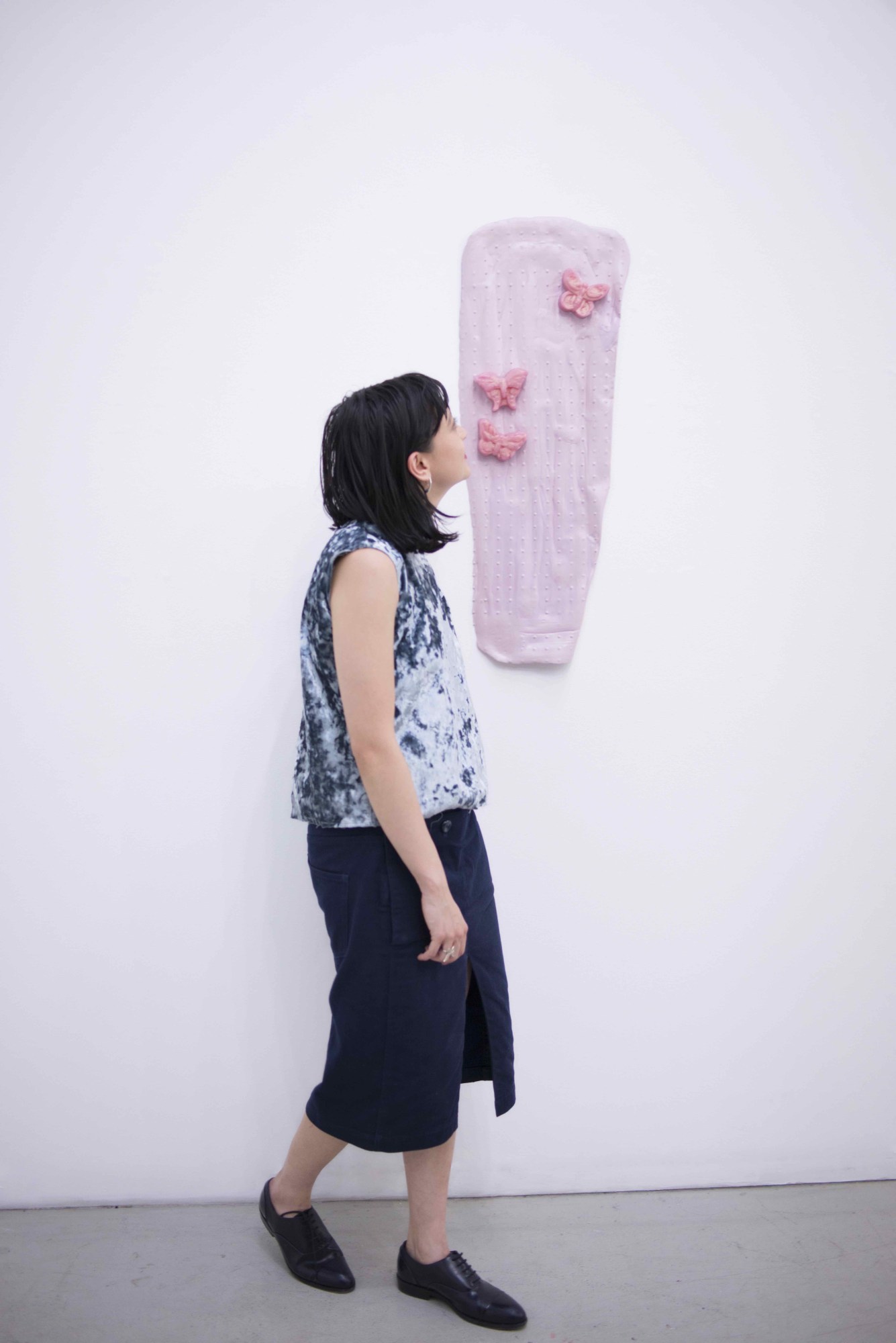
What drew you to the butterfly as a motif?
It really all started because I was supposed to be going on a date one night and there was a butterfly in my house, which is insane, like how do you get a butterfly in your house? And then I spent like an hour trying to figure out how to get it out and I was really late. I realized every time I walked out of my house, I would see either someone wearing a butterfly print or something in a window with a butterfly so I started taking photos of them. They’re all gonna be in the book they’re doing of the show. They’re just stupid iPhone photos but I thought it was really strange to document every time I went outside. Every day I would see at least one. Then I would think about how that forced me to leave my house.
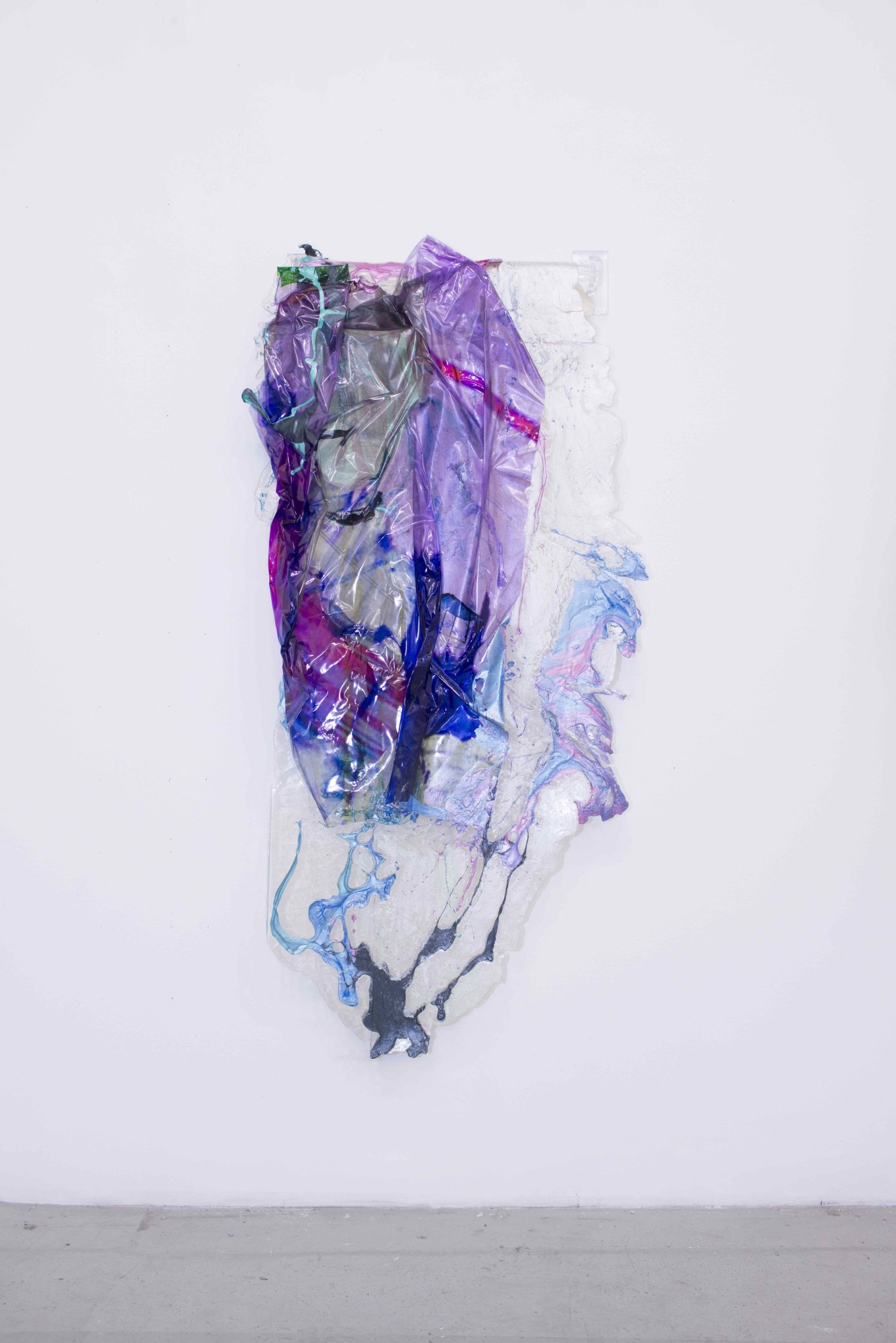
Much of your work focuses on digital loneliness as well. How did you want to explore that in this series?
A lot of the work is about the convenience of staying at home because I can. Because I can Seamless everything or use Amazon Prime and I really don’t need any human interaction. At the same time I’m craving it so deeply and I feel like a lot of people in our generation feel the same way. I thought it was a nice way to think about leaving the house and seeing other people. In the video piece, I’m saying this other poem I wrote about this person I made up. She’s this imaginary person in my house and we’re having a relationship and then I talk about the ways that I don’t have to leave my house and I can exercise at home. But at the same time I want to run into someone on the street just so I can feel a physical connection or I notice the ways on a regular basis that I can touch another person. If I pay in cash then they have to touch my hand for a second. Even in a romantic way, I think about people who just watch cam girl videos or whatever, you really could be a totally productive member of society. You could have a job and work from home and really never see another person and that scares me. I wanted to make work addressing that and so that’s why I’m taking all these domestic objects and changing them to make you think about what you have in your home and how you spend your time there.
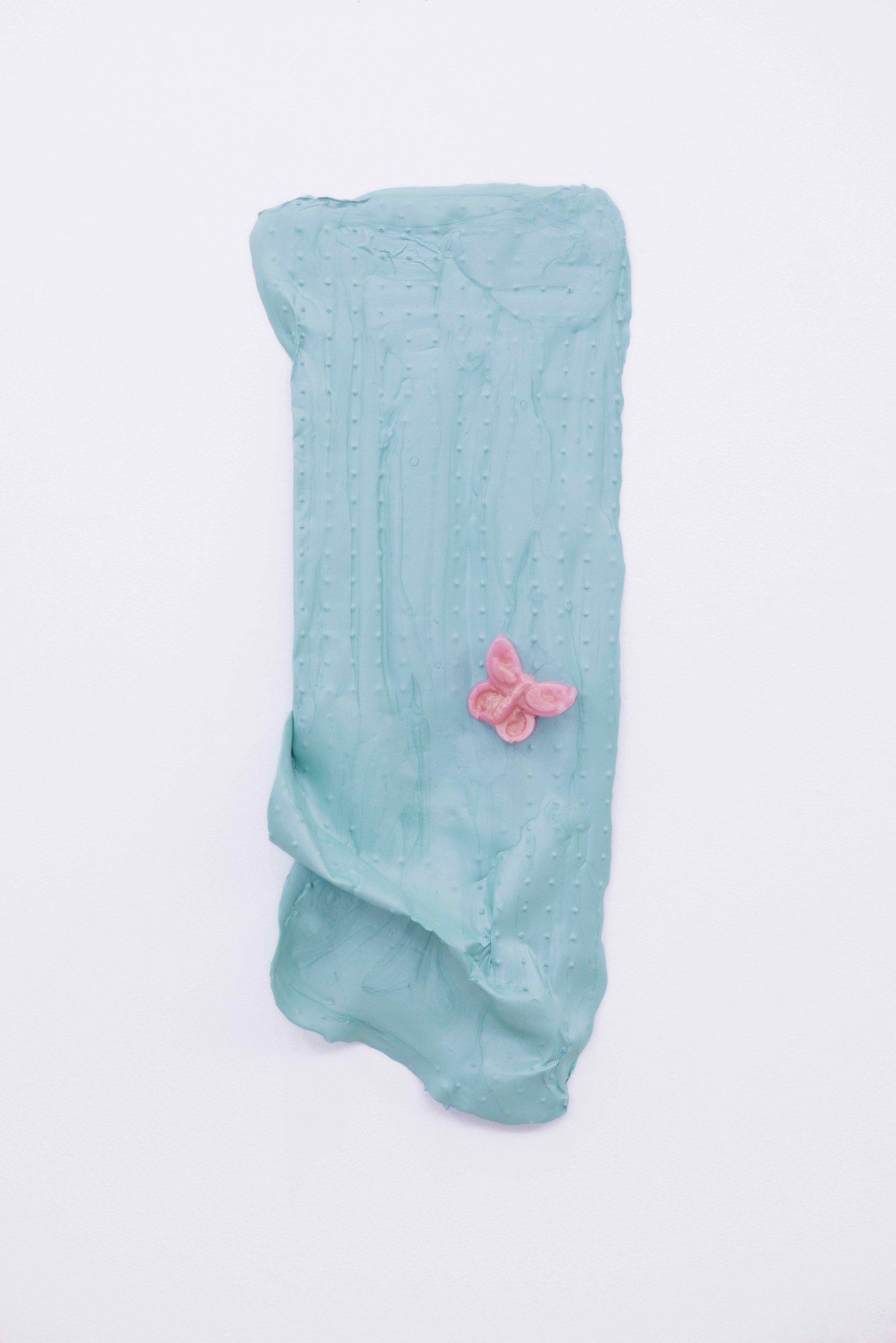
How did making the video change the way you look at women in sports and other acts of power and vulnerability?
I am in awe when I look at these young women competing in such high pressure situations. Sometimes when I look at younger girls competing in gymnastics, they have no fear and sometimes I wish I had that quality. They’re just there because they want to be the best and nothing’s really holding them back and I think that’s so amazing. Last night I watched [a video of] Nadia Comaneci winning her seven gold medals and I started to cry to because I was thinking, they introduce all the women as little girls but they’re really so much more than that. She did something that most of us will never achieve in our lives and she did it at the age of 14. Where do you go from there?
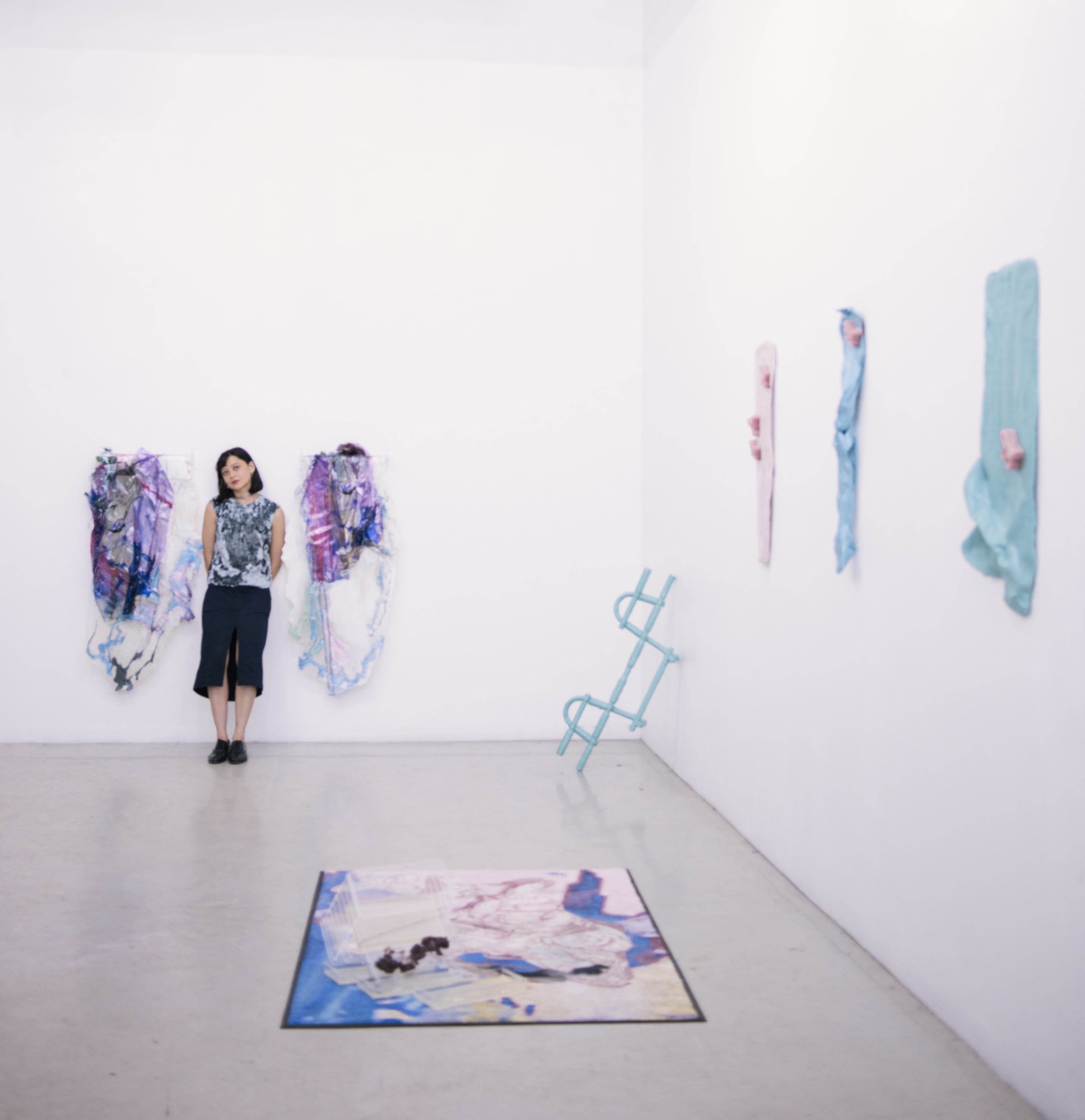
What about about that strength within yourself?
I’ve been thinking this is the year that I start pushing back. Against a lot of things. I’ve been trying to stand up for myself more in a lot of situations. I guess being so soft spoken, people think that you’re weak, but I’m not. Laura Warman, who wrote the essay for the book of the exhibition, said my work was gentle when she first saw it but it won’t back down. That’s how I am and that’s how my work is too. It seems really fragile at first but these materials can withstand a lot and they change over time.
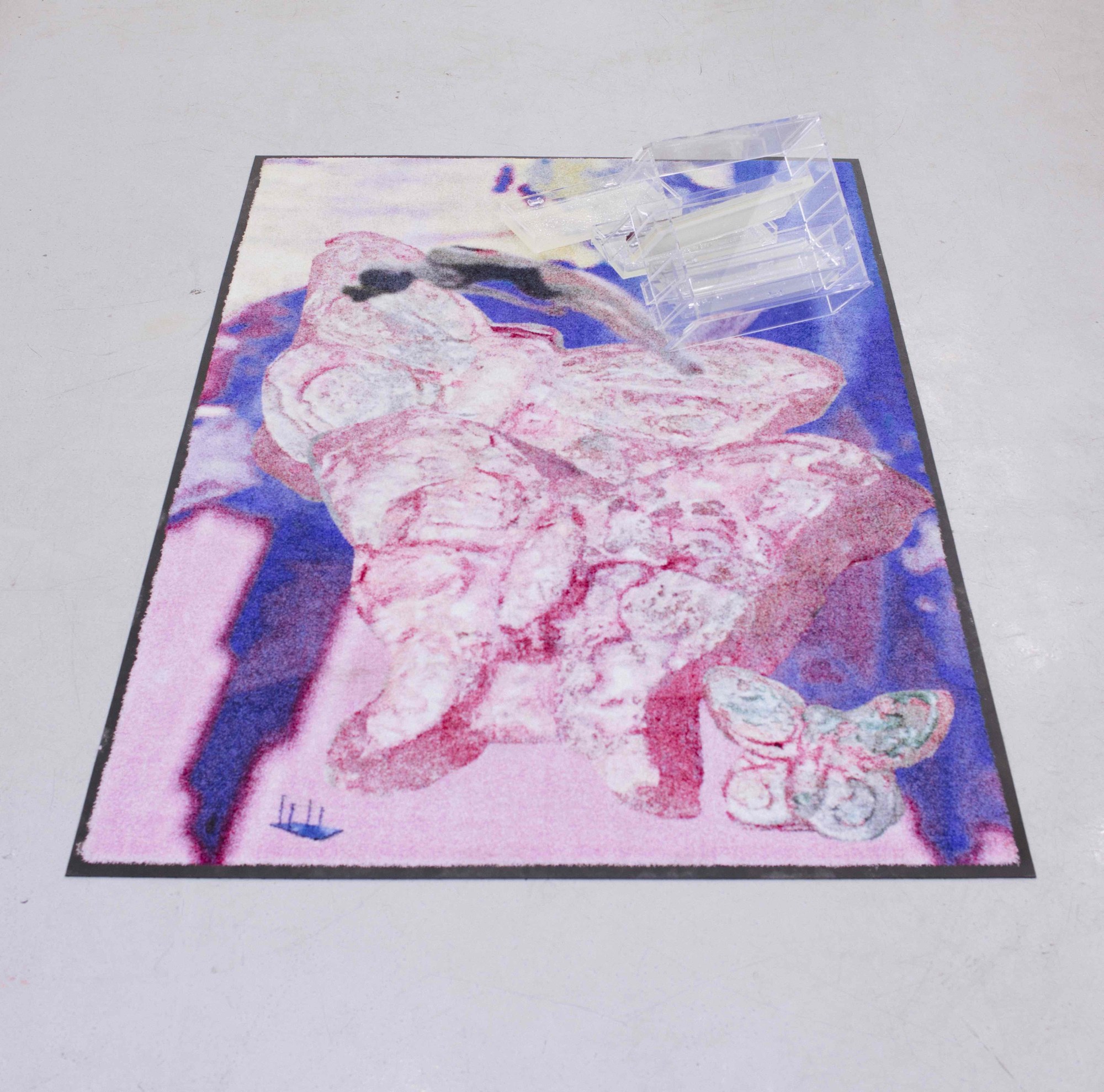
Credits
Text Elyssa Goodman
Portraits Elyssa Goodman and Hannah Kuo
Imagery of the artwork all courtesy the artist
